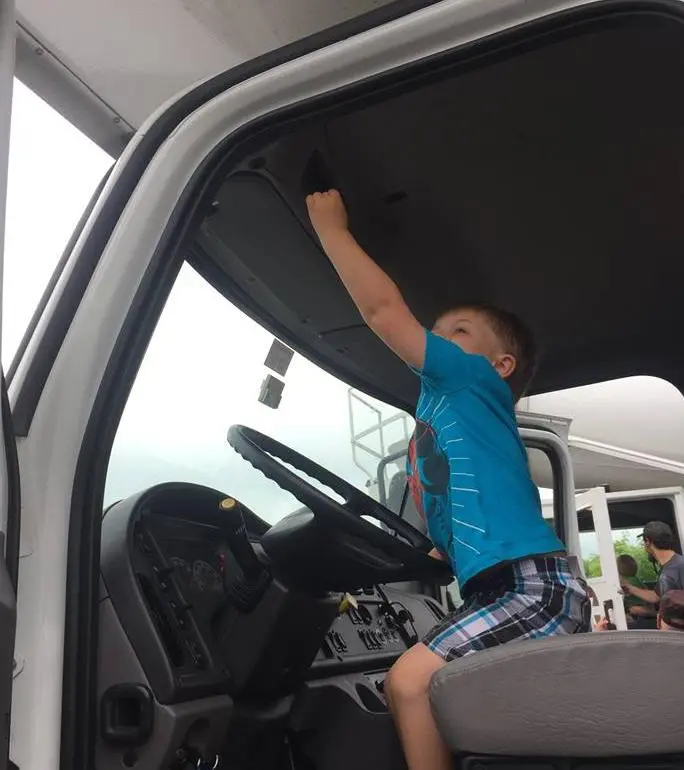Moving with Children

One minute your kids are excited about the move, and the next, they are voicing their dread at having to leave their familiar place. Emotions may run high, and attitudes about the change may go back and forth, but staying calm and being prepared are two of the best things parents can do to make the transition a little easier.
There are practical steps you can take during each phase of the moving process to ensure your kids experience the excitement of living in a new place amidst the changes it brings in their lives.
Preparing Children Before the Move
Preparing your children for the move should begin long before moving day. In many situations, the decision to move is made weeks or months before moving day. This provides parents with the time to explain to their children the circumstances causing the move and help them understand what the transition involves. When getting ready to move with kids, remember to follow these tips:
- Consider their feelings about the reason behind the move. Many times, kids are thinking more about the life event that prompted the move than the actual move itself. Divorce, a new job, a new military assignment, a death or birth in the family, or even a tragic weather event are all common reasons why families must make a move. Let your kids know that you understand their worries and are there to support them through what is going on.
- Get your kids as involved in the process as you can. Allow them to pick out paint colors, decorations, or even to map out where the furniture goes in their new room. The more they feel a part of the decision-making process, the more they will buy in.
Tips for Parents During Moving Day
Moving day can result in a frantic pace from last-minute packing and ensuring nothing is forgotten, but it is important to be intentional in helping your children experience a smooth moving day. On moving day:
- Pack a bag for each child and keep it with you in the car on moving day. Before you start packing anything, put together a backpack or suitcase of your child’s essential items to eliminate the risk that they get packed up and put in a place that is nearly impossible to reach. Be sure to include:
- Medications
- A few changes of clothes
- Toiletries
- Special stuffed animals
- Snacks
- Games or coloring books to keep them occupied
- Tablets and their chargers
- Birth certificates, IDs, passports, or other important documents
- Pack one box of their special belongings. If you have room in the car, allow each child to pack one small box of their prized belongings. Books that they cherish, photo frames that always stood on the nightstand, stuffed animals that help them feel at home, games they like to play, baseball gloves, and toys they’ve always played with are all great suggestions to make, but let them choose on their own. Allowing them to also decorate the box can also give them something fun to do and give you a few minutes of quiet!
- Keep the attitude that you want your kids to have. If you want your kids to act calm and collected on moving day, it’s important for you to act calm and collected when they are around. Kids sense fear, worry, and stress. While you are most likely dealing with all of those emotions, try your best to stay upbeat and positive.
- Don’t be afraid to ask for help. Having friends or family pitch in to assist with the kids can be a godsend for you and a helpful distraction for them.
After the Move
Once the bags are unpacked and your family is settled into the new home, the season of transition is only just beginning. Continue helping your children adjust to their new home by:
- Exploring your new community: Drive around the new town, walk through the new neighborhood, try the local restaurants, introduce yourself to new neighbors, and check out the local library. The more exposure your kids have, the more familiar they will become, which will make for a smoother transition.
- Show them their new school: One of the most difficult parts of making a move for children is attending a new school. Show them where they will be going to school and explain the types of activities available there in which they can participate, such as sports and after-school clubs.
Moving Guides
Free, no obligation estimates for moving and storage
Our moving estimates are carefully customized to your unique moving needs and ensure the highest level of accuracy, and our relocation team has over 100 years of combined moving experience.




Locations in Ohio, Indiana, and Florida